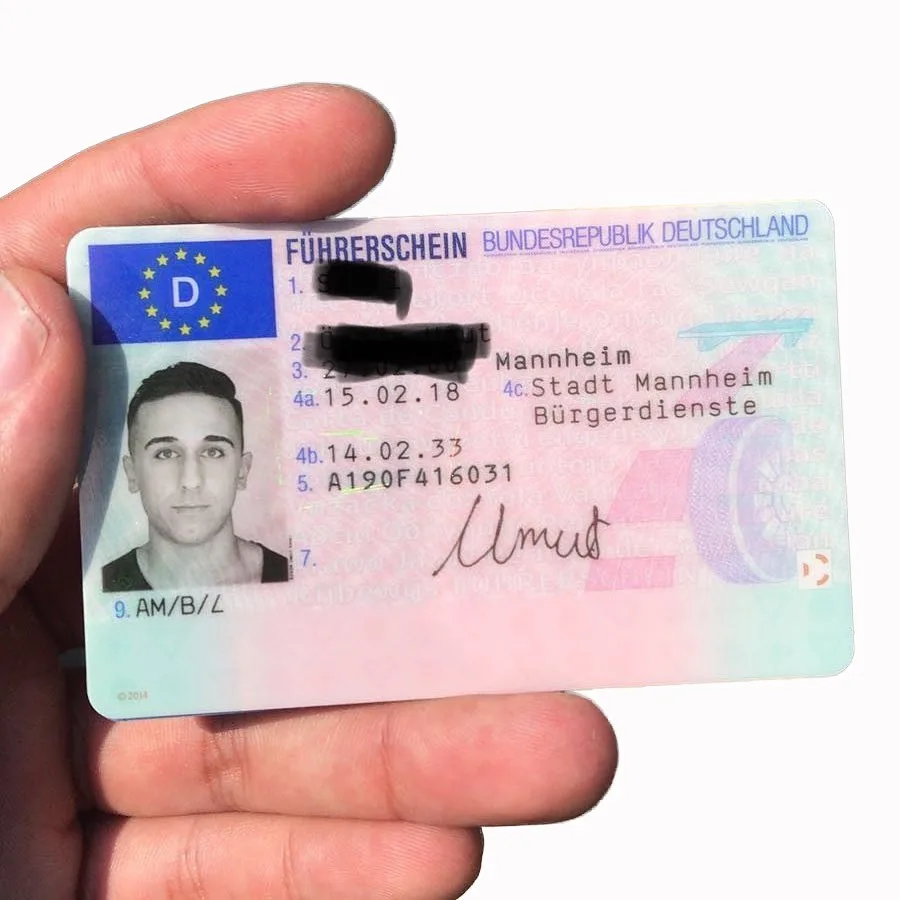Learning to Drive Without a Test: Exploring Alternative Paths in Driver Education
In a period where convenience and development control the landscape of education and abilities acquisition, the conventional design of finding out to drive-- completing a strenuous test to make a driver's license-- has actually come under examination. For numerous, the process of getting behind the wheel, studying hard, and passing both a written and useful driving test can be intimidating. However, emerging trends and alternative techniques to driver education recommend that there may be ways to learn to drive without feeling the pressure of an official testing environment.
Understanding the Traditional Model
Typically, making a driver's license needs prospective drivers to undergo a series of tests designed to evaluate knowledge and useful abilities. These consist of:
Written Test: This assesses understanding of the rules of the roadway, traffic signals, and safe driving practices.
Führerschein : Applicants should demonstrate their ability to operate an automobile securely and in accordance with traffic laws.
While this model makes sure that all drivers meet a minimum requirement of proficiency, it can be a source of stress for numerous learners. The worry of failure, combined with the logistics and cost connected with testing, can hinder individuals from acquiring their license completely.
Alternative Methods of Learning to Drive
Driving School Innovations: Many driving schools have actually begun to offer more tailored education programs that enable students to discover at their own pace. These programs typically consist of individually guideline with certified driving instructors who concentrate on building confidence rather than pressing students to pass a test. Some contemporary driving schools even include online modules where students can study the rules of the roadway in a more relaxed setting before stepping into the car.
Simulated Driving Experiences: Advances in innovation have actually caused the development of sophisticated driving simulators. These can provide important experience without the risk of accidents. Learners can practice their skills in various climate condition, traffic situations, and driving scenarios that they may not encounter in normal driving classes. This hands-on technique to knowing can improve a trainee's skills and confidence behind the wheel.

Peer-to-Peer Learning: Informal driving practice with friends or family members can likewise serve as a feasible option to standard methods. While this technique does not entirely eliminate the need for official testing, it allows individuals to gain comfort and experience behind the wheel without the anxiety of a main assessment. Household or pals can provide guidance and feedback, making the discovering procedure less intimidating and more helpful.
Flexible State Regulations: Some areas are starting to reconsider their necessary testing policies, especially for specific demographics, such as veterans or individuals with impairments. These changes reflect a growing recognition that life experiences and driving routines might not always line up with conventional testing standards. Advocacy for a more holistic method to assessing driving competence is becoming a topic of conversation in many legal circles.
Private Certifications: In certain areas, individuals might explore alternatives that focus more on mentorship and much safer driving behavior instead of standard tests. Accreditation through community programs or acknowledged organizations that back experiential knowing might encourage safe driving while bypassing the standard testing path.
The Benefits and Drawbacks
While discovering to drive without an official test uses lots of potential benefits-- such as reducing stress, promoting a more inclusive environment for students, and concentrating on competence over testing stress and anxiety-- it also raises concerns. Critics argue that removing formal assessments might result in disparities in driver preparedness, possibly compromising road safety.
Moreover, traditional testing serves not just as an evaluation of abilities, however as a standardized standard that guarantees all chauffeurs have the essential knowledge to browse the roadways securely.
Conclusion
The landscape of driver education is developing. As alternative techniques of discovering to drive gain traction, striking a balance between versatility and security is critical. While it is clear that there are opportunities for learning to drive without the pressure of a formal test, guaranteeing that all motorists preserve a high requirement of security should remain a concern. In the future, we might see more customized methods to driver education that accommodate various finding out styles, eventually leading to more secure, more positive motorists on our roadways.
